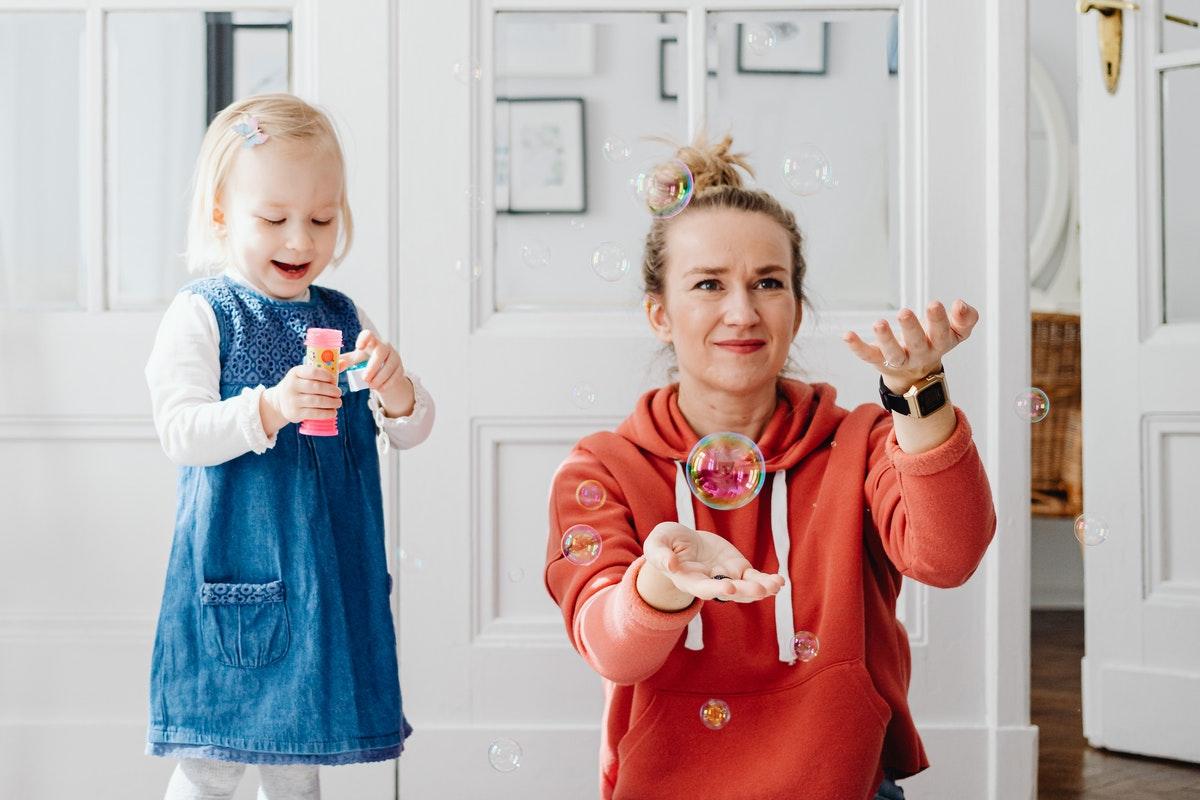How to Baby Proof Your Home
Looking around the house and seeing what modifications need to be put in place to keep a new baby safe [...]
L ooking around the house and seeing what modifications need to be put in place to keep a new baby safe may be stressful for prospective parents. Knowing how to baby-proof your home is no easy task after all.
When parents do an internet search for baby-proofing equipment, they might soon get overwhelmed by the seemingly endless checklists of must-have things. Of course, that results in first-time parents wondering if they really need to baby-proof their house?
While the response is in the resounding affirmative, most experts agree that this measure is much more about trusting your instincts than about the newest safety gadget on the booming baby market.
For instance, renowned Dr. Karen Sheehan who is a Professor of Pediatrics and Preventive Medicine at Northwestern University Feinberg School of Medicine, recommends removing potentially dangerous items (such as fireplace equipment) from the bedroom and living areas as much as possible.
So, without further ado, let's dive into some nifty modifications you can make around the house in order to babyproof the environment for the little nugget.
Baby Proofing the Child's Crib
From 2011 through 2013, CPSC reports that crib mattresses and cribs were linked to 36 fatalities per year on average. In fact, 2015 saw approximately 12,100 accidents to children under the age of 5 who were treated in ERs due to said cribs and crib mattress injuries.
Celebrity Emergency Pediatrician, Dr. Wellard, recommends parents be made aware of the right crib-rail elevation for their child's age to mitigate injuries.
"Obviously, one can put the cot around the highest setting while their children are infants, but once kids can pull themselves up with support, for example," Wellard warns, "We have to drop the railing to the lowest level. If not, then they may pull up and fling themselves off the crib."
Baby Proofing Electricity Outlets And Other Power Sources
Between 2007 and 2009, it was estimated that 11 children aged 1 to 19 died due to electrocution on an annual basis.
"Around the 15-month age period, kids get obsessed with sticking stuff into other stuff and they place things in electrical sockets," cautions Wellard, advising parents to purchase electric outlet covers that are snug-fitting and cannot be yanked out by their baby's small fingers.
Baby Proofing Furniture
Falls and accidents with sharp-edged furniture provide the greatest danger in this space. Utilize some sticky corner cards if you have those edges to cope with. You might also consider some more fashionable furniture alternatives on the marketplace, such as spherical coffee tables and even soft ottomans which could be used as desks, particularly if they offer storage.
Preparing Smoke and Carbon Monoxide Detectors
Almost all of these gadgets are quite essential. Make sure to test the ones you own at least once each month to ensure they're either completely charged or have new batteries inside.
Generally, battery replacement is recommended once a year (or whenever the device indicates battery replacement is needed). Experts suggest synchronizing the changeover with Daylight Savings by turning the clock back in the autumn or forward during the spring.
Baby Proofing the Water Heating
Make sure the hot-water heater is adjusted at a temperature of below 120 degrees Fahrenheit. Around the age of 15, children grow obsessed with doorknobs and twisting items. They go into bathrooms and frequently scorch themselves by turning on hot water faucets.
Pediatricians often encounter burns in the emergency department caused by children playing in restrooms, however, if the thermostat is preemptively set below 120 degrees—children can be easily protected. This is something simple that most people tend to overlook.
According to CPSP, faucet scalds cause the bulk of fatalities and injuries in both children under five years of age as well as the elderly.
Baby Proofing Bathrooms
Dr. Wellard cautions, "The restroom is a major location where damage might occur." A relatively small amount of water — perhaps even a foot or a half— may cause children to drown.
According to Wellard, newborns and children are also attracted to splashing in the bathroom and accessing lavatory cupboards, which are frequently stocked with hazardous chemicals and drugs.
According to the Consumer Product Safety Commission (CPSC), approximately 90 kids drown every year inside US homes, thus, making it critical to keep restroom doors closed and toilet seat covers locked with child-proof locks.
Truth be told, your burrito-wrapped baby will be crawling or cruising, all ready to explore the home before you even know it. And one thing is certain: you must begin babyproofing your house (and do it quickly, particularly if your child is already crawling).
It may seem intimidating to tackle the whole home, but it's doable if you follow your natural parental instincts when wondering how to baby-proof your home. Also read about car safety for infants.
